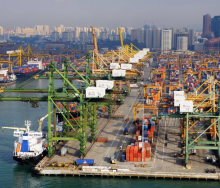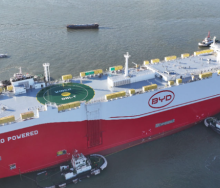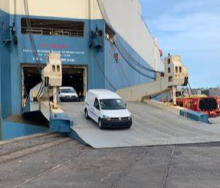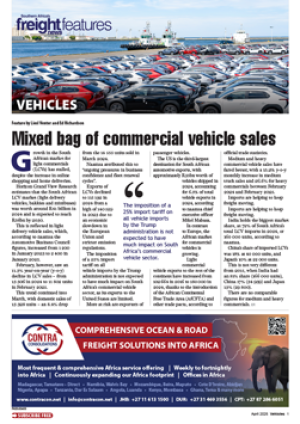Demand for warehousing is expected to increase over the medium term due to the growth of e-commerce, logistics and manufacturing.
Kenyan demand is being driven by the government’s implementation of its Vision 2030 policy to transform the economy from one reliant on agriculture to a middle-income industrialised country, according to Charles Macharia, head of research and strategic consulting at Knight Frank Kenya.
Inward international investment is being attracted by the establishment of Special Economic Zones (SEZs) and Export Processing Zones (EPZs).
He cites the Nairobi Gate Industrial Park as an “innovative ‘build-to-suit’ concept” which offers Grade A f lexible space, optimal accessibility, efficient circulation and ample loading facilities, “all of which are key considerations for occupiers, particularly those of the international variety,” he writes in the 2024/25 edition of the Knight Frank Africa Report.
Kenya’s “green-manufacturing” strategy has resulted in warehouse space being taken up by assemblers of e-bikes and e-motorcycles.
This has contributed to prime warehouse rentals rising by 20% over the past six years, now averaging $6 m2.Economic growth of around 5.7% in 2024 and a projected 6% in 2025 is boosting demand for warehousing in Tanzania, particularly along Nyerere Road, Dar es Salaam’s prime industrial area, according to the report.
- Read the full article in our Freight Features edition on "East Africa."













